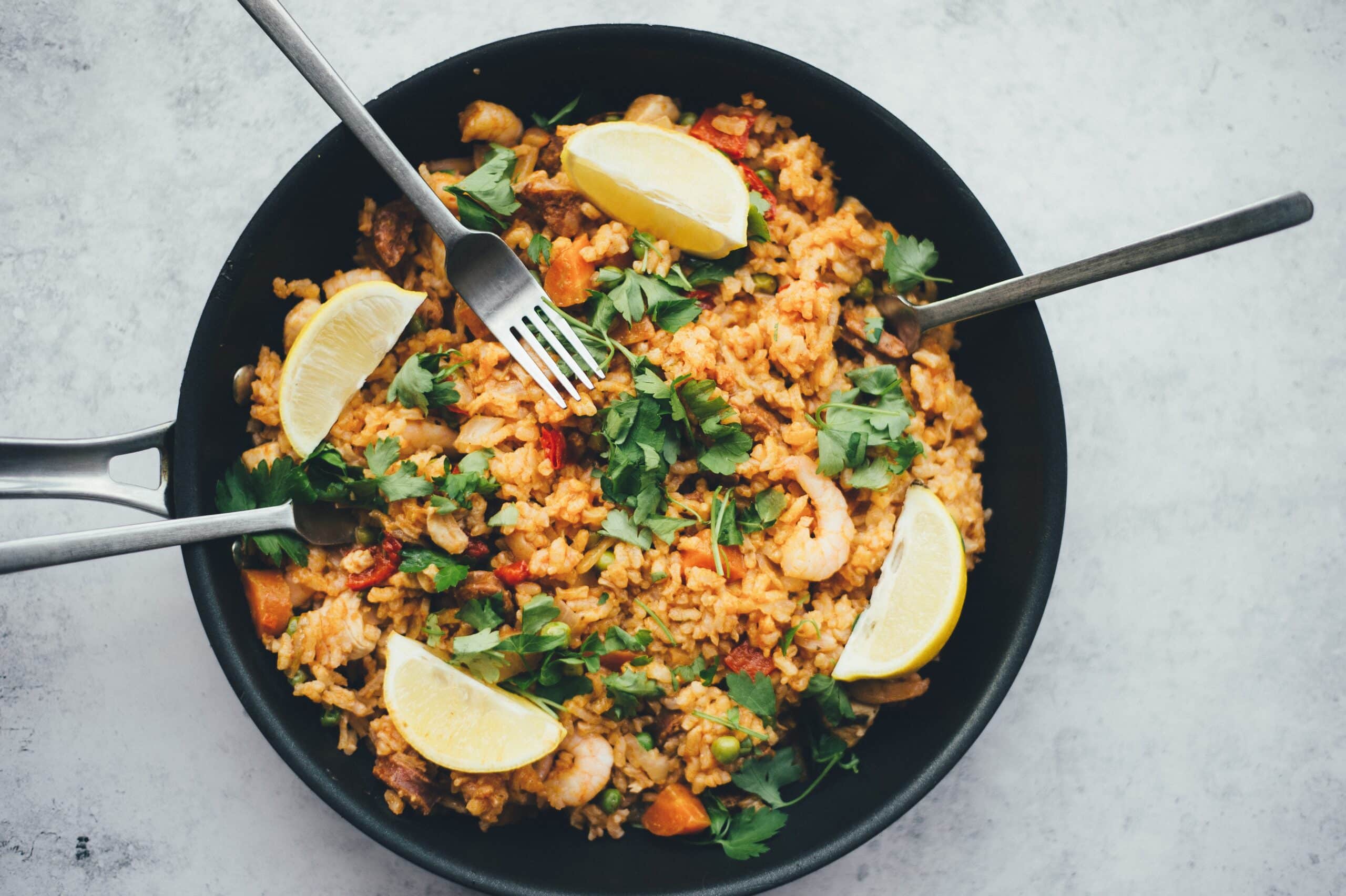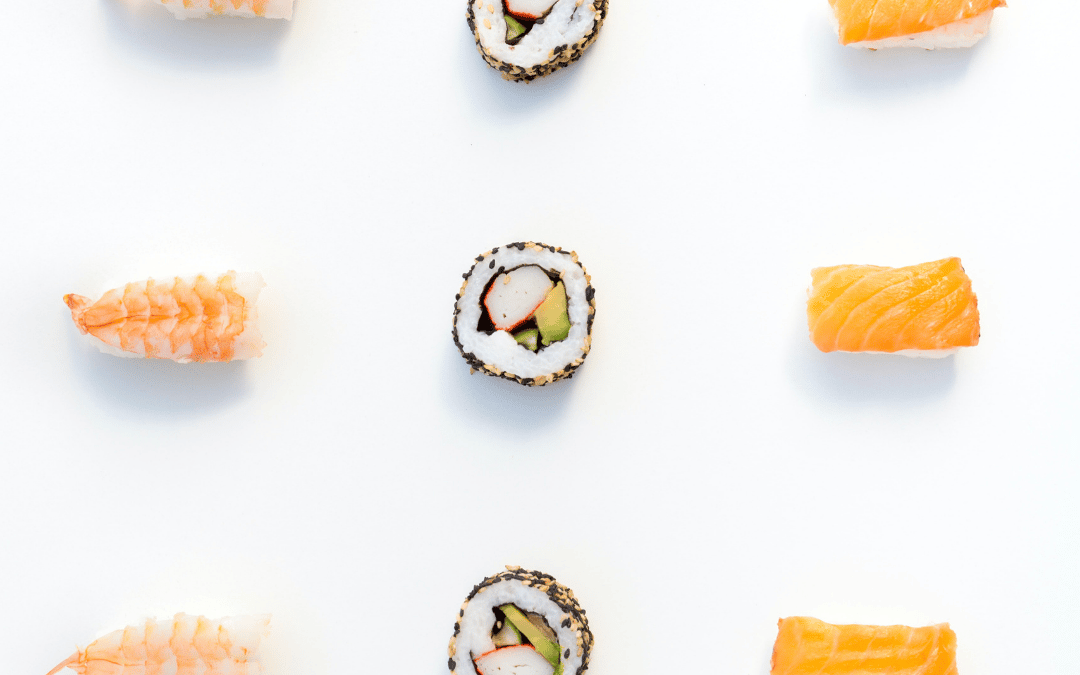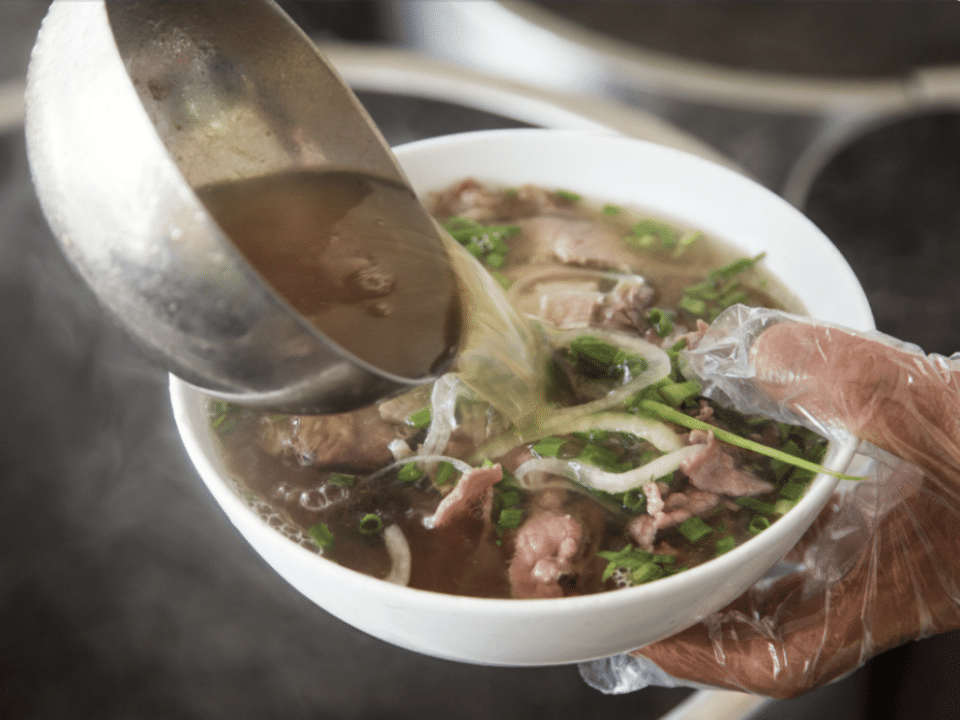
How to Eat Sushi
August 27, 2020
How Rice Became a Staple in Asian Cuisine
December 1, 2020Expand your knowledge of sushi with these terms
Sometimes you wish you had a sushi dictionary when ordering new dishes. What are all these ingredients? Knowing some of the more useful sushi terms on the sushi menu will enhance your experience. At BFF Asian Grill, we’ve made it simple to know exactly what you’re getting when you order our sushi with exact descriptions. However, it’s always fun to learn new things; expand your knowledge of sushi with these terms.
Sushi Terms to Know
- Nori: Dried, black-and-green seaweed used in sheets to create sushi
- Roe: Fish eggs put on top of sushi to add color, texture, and saltiness
- Maguro: Tuna
- Toro: The fattiest part of a fish, often from bluefin tuna
- Katsuo: Skipjack tuna (the most widely available and sustainable type of tuna)
- Hamachi: Yellowtail fish
- Kurodai: Snapper
- Hata: Grouper
- Ohyou: Halibut
- Saba: Mackerel (usually sliced with some skin on one side and served as sashimi)
- Sake: Salmon. (It is the same word for the fermented rice spirit but pronounced slightly differently, sometimes as “sha-keh”)
- Unagi: Freshwater eel; anago is sea eel. Unagi is usually grilled and drizzled with a sweet sauce rather than eaten raw
- Tako: Octopus
- Ika: Squid
- Ebi: Shrimp
- Kani: Crab (real crab, not surimi which is made from fish meat to imitate crab)
- Hotate: Scallop
- Kaki: Oyster
- Uni: Sea Urchin
- Mirugai: Clam (one kind of many)
- Awabi: Abalone
- Tamago: Sweet egg; tamagoyaki is used to refer to the sweet, square omelets
- Surimi: Imitation crab or lobster meat made with fish paste (often pollock or cod)
- Kani kama: Imitation crab meat
- Futo-Maki: Big, oversized rolls
- Tempura: Seafood or vegetables dipped in batter and deep-fried
- Togarashi: A Japanese spice mixture consisting of mandarin orange peel, sesame seed, poppy seed, hemp seed, nori or aonori, and ground sansho
- Masago: Capelin (smelt) roe, orange in color, not as common as tobiko in North America




